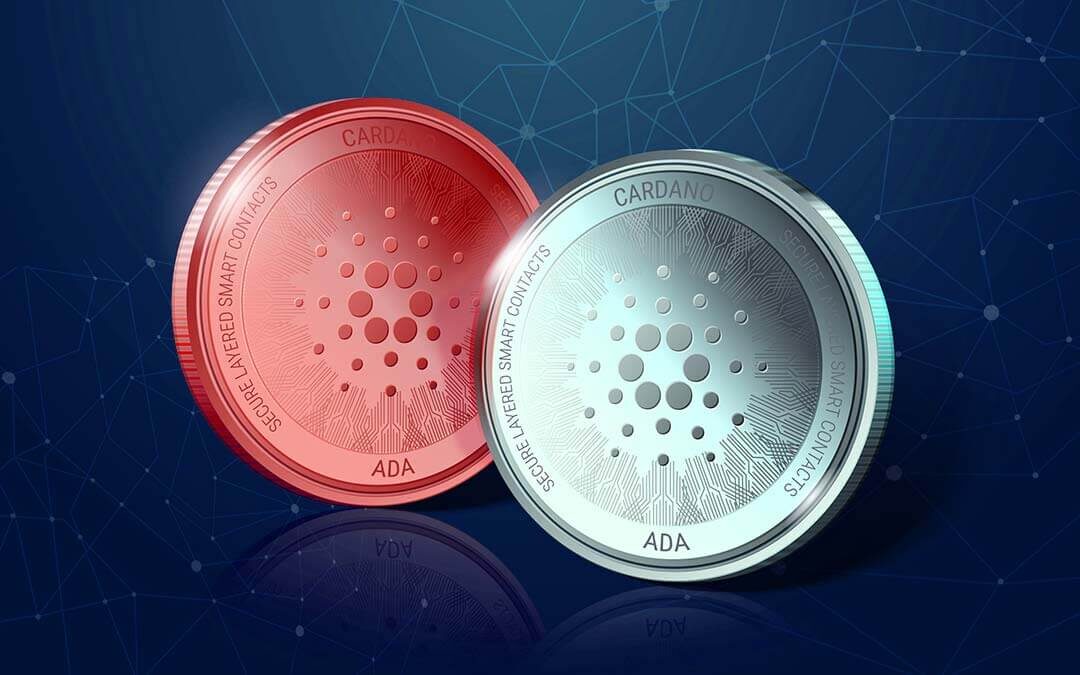Table of Contents
With this article, we will analyze in detail the Byron phase of Cardano. If, on the other hand, you want to learn more about the other phases, you can find the articles below:
The Cardano roadmap: dedicated article to learn more about the roadmap
Shelley phase: involves the development, growth, and decentralization of the network.
Goguen phase: the creation of protocols for smart contracts will be achieved, expanding the uses of Cardano to a wider audience.
Basho phase: a phase of the roadmap in which the optimization of network processes will be carried out, offering greater scalability and speed in transactions.
Voltaire phase: the governance of Cardano will be developed with complete self-sustainability in the network from both a technological and an economic point of view.
Introduction to the Byron Phase
The Byron phase represents the first era in Cardano’s multi-phase development roadmap. Launched in September 2017 after two years of research and development, the Byron phase laid the foundational architecture and protocols for the Cardano blockchain. This era was crucial in setting the stage for Cardano’s mission to address the three primary challenges of blockchain technology: scalability, interoperability, and sustainability. Through a carefully researched and peer-reviewed process, the Byron phase established Cardano as a secure and robust platform for future blockchain applications.
Key Components and Innovations in the Byron Phase
The Ouroboros Proof-of-Stake Protocol
One of the Byron phase’s most significant achievements was the implementation of the Ouroboros consensus protocol. Ouroboros, the first provably secure Proof-of-Stake (PoS) protocol, was developed by Input Output Global (IOG) and based on rigorous academic research. Unlike traditional Proof-of-Work (PoW) models, Ouroboros uses a more energy-efficient approach by relying on stakeholders to validate transactions and secure the network. The protocol employs a system of slot leaders, where users who stake ADA are chosen to add new blocks in proportion to the amount of ADA they hold, providing a decentralized and democratic model for blockchain security.
Wallets and Community Growth
During the Byron phase, Cardano introduced two key wallets: Daedalus and Yoroi. Daedalus is a full-node wallet that provides a complete copy of the Cardano blockchain, allowing users to manage their ADA securely and independently. Yoroi, on the other hand, was developed as a lightweight wallet for everyday use, ideal for users who prioritize convenience and speed in transactions. Both wallets played a significant role in enhancing the Cardano user experience and expanding the ADA user base.
Network Infrastructure: A Federated Network Model
In its early stages, Cardano adopted a federated network model, with nodes managed centrally by IOG and its partners. This structure provided enhanced control over network stability and security, ensuring a smooth and secure user experience as the network matured. This model also facilitated the initial development and distribution of ADA on exchanges, improving liquidity and access for a growing global community.
Technical Developments and Security Measures
Genesis Block Security
A key security review conducted by root9B revealed several critical aspects of Byron’s design, notably in its approach to the genesis block generation. Cardano utilized a deterministic random number generator (RNG) to generate the genesis block’s seed, which ensured a controlled and predictable environment for blockchain security. While this system was initially sufficient, later reports suggested enhancements to make genesis key generation even more secure, mitigating any potential vulnerabilities and ensuring the long-term integrity of the network.
Software Audits and Trustworthiness
The Byron phase included extensive security audits and software trust reviews, which highlighted Cardano’s commitment to a secure blockchain infrastructure. Issues like potential denial of service (DoS) vulnerabilities were identified and addressed early on, demonstrating Cardano’s proactive approach to building a robust and reliable network.
Initial Distribution and Tokenomics of ADA
The initial distribution of ADA followed a unique structure, starting with the Shelley Incentivized Testnet, which allowed users to earn ADA rewards for participating in network activities and staking. This approach provided valuable insights into network performance and incentivized early adoption. The total supply of ADA was set at 45 billion tokens, with roughly 35 billion in circulation at launch. ADA is central to the network’s functionality, used for transaction fees, staking, and governance within the ecosystem.
Transition from Testnet to Mainnet
The transition from the testnet to the mainnet in 2017 marked the official launch of Cardano’s public blockchain, enabling real transactions on a decentralized network. This shift represented Cardano’s operational commencement as a blockchain platform and provided a framework for further scalability and feature expansions in the subsequent Shelley era. The transition also facilitated ADA’s accessibility on exchanges, broadening its adoption and utility globally.
Community and Ecosystem Development
The Byron phase was as much about building technology as it was about cultivating a global community of developers, enthusiasts, and investors. By integrating ADA into over 30 cryptocurrency exchanges, Cardano enabled broader participation and liquidity, attracting a global user base and establishing itself as one of the leading blockchain platforms. This era laid the foundation for Cardano’s future growth, with a focus on expanding and empowering its community as a central pillar of its mission.
Advanced Technical Aspects and Future Scalability
Transaction Model and Scalability Foundation
The Byron phase laid the groundwork for addressing future scalability challenges by adopting the UTXO (Unspent Transaction Output) model, which enhances transaction security and flexibility. This model contributes significantly to Cardano’s long-term goal of supporting high-volume transactions without sacrificing security or performance.
Programming Language and Smart Contract Foundations
Although the Byron phase primarily focused on establishing the Cardano network’s foundational elements, it also set the stage for more advanced features, including smart contracts. By choosing Haskell as its programming language, Cardano emphasized security and formal verification, creating a robust foundation for developing complex decentralized applications in future phases.
Support the project
Delegate with Pasta Pool
You may delegate even a small part of your Cardano, every contribution is precious for us.
Select [PASTA] from the staking pool list


